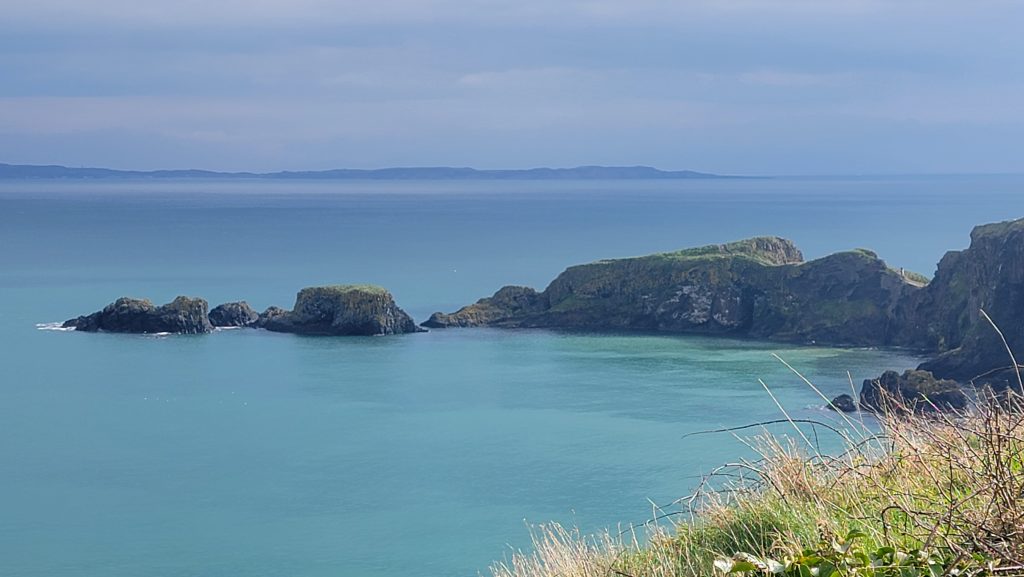No products in the cart.
Capturing panoramic views left us awe-inspired and grateful.
Capturing panoramic views left us awe-inspired and grateful, as the expansive vistas unfolded before our eyes in breathtaking detail. Standing at the vantage point, we were greeted with a sweeping tapestry of natural beauty that stretched far beyond the horizon. The interplay of light and shadow over the landscape, the vast expanse of rolling hills, […]







